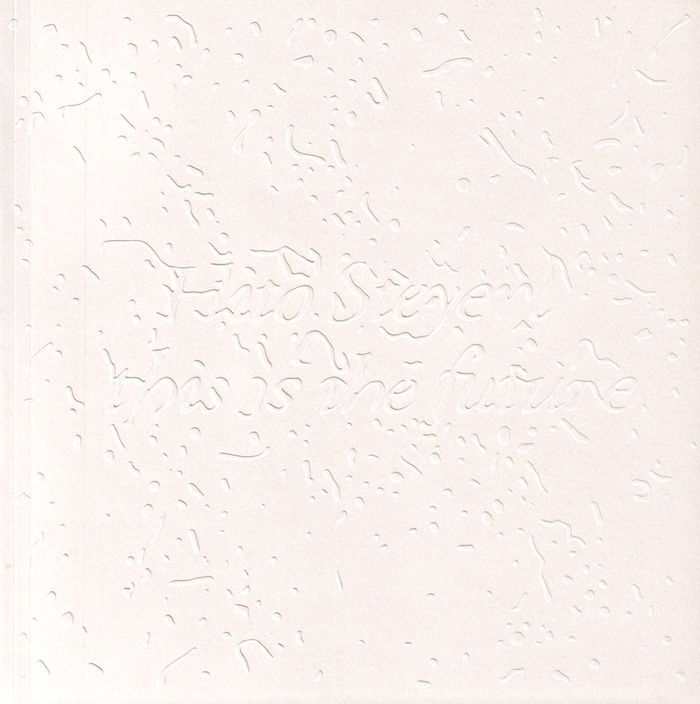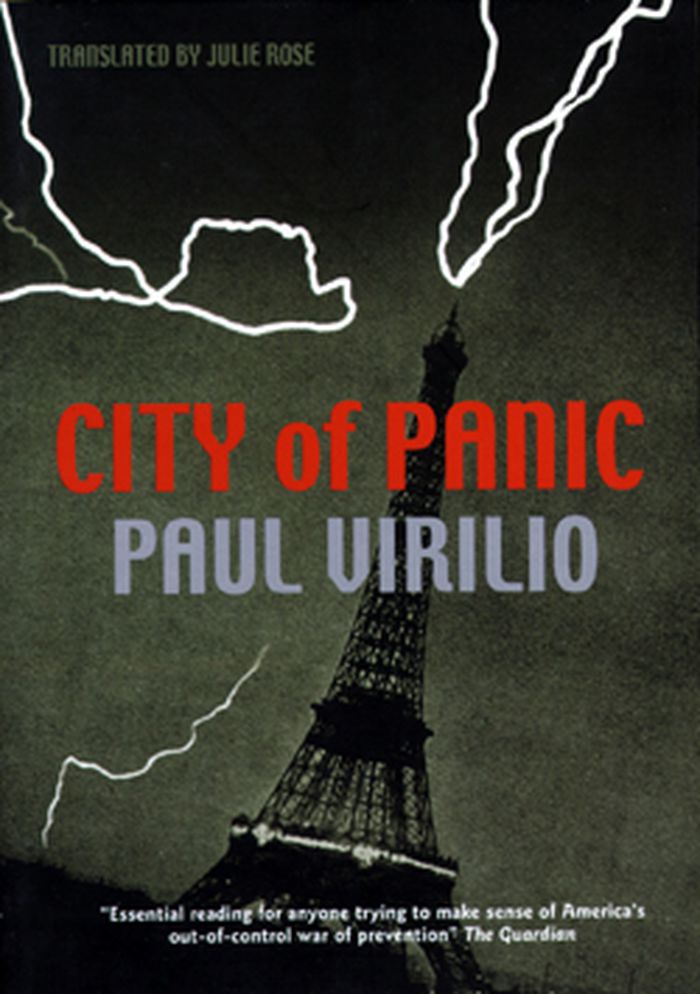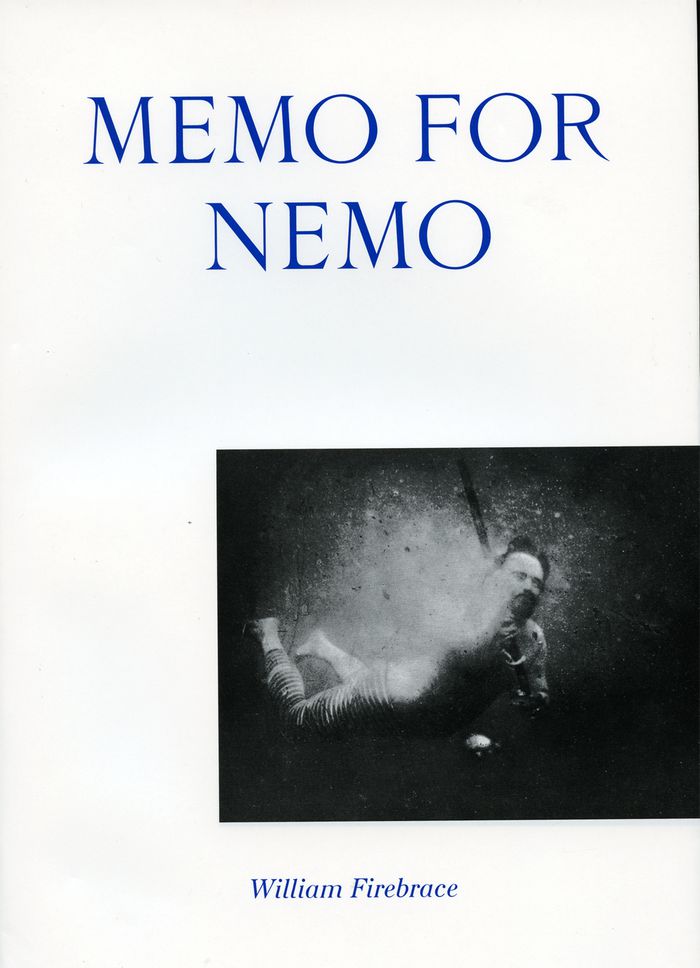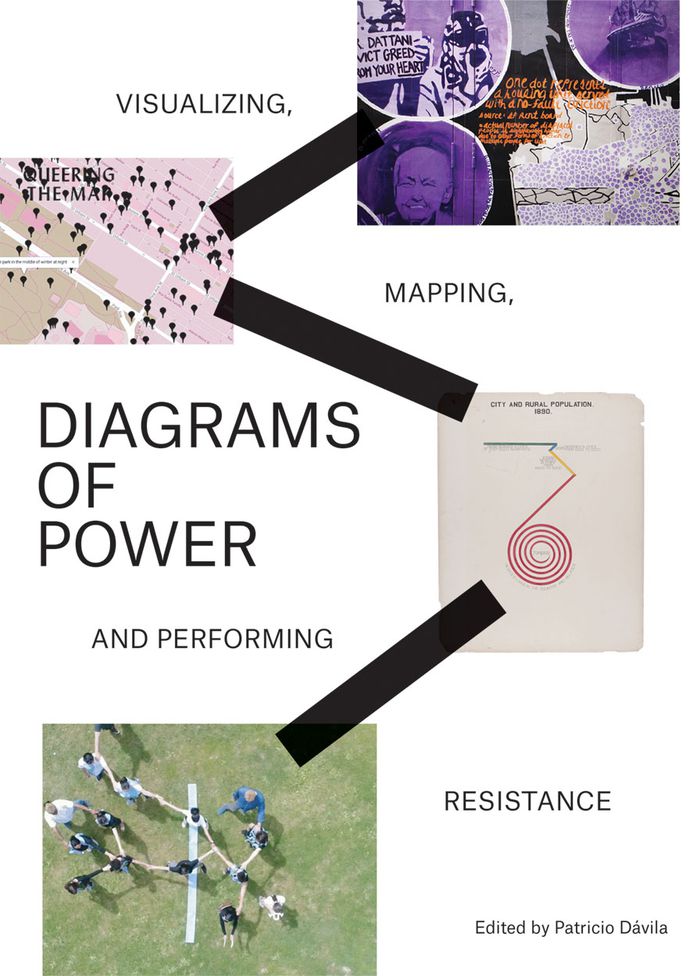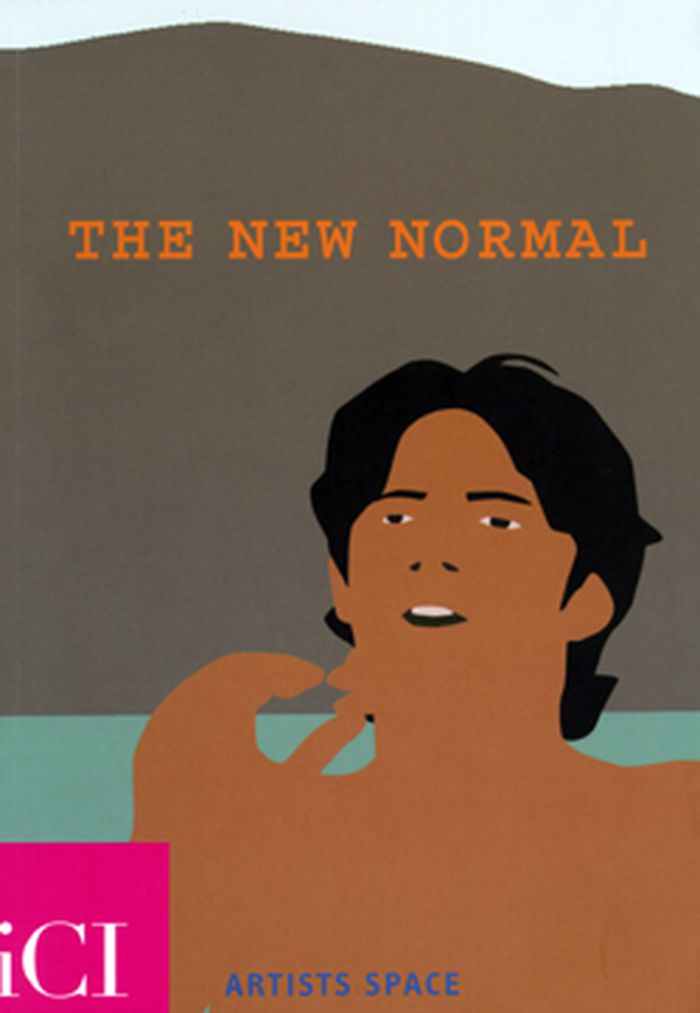Photography and Germany
$42.00
(available to order)
Summary:
The meeting of photography and Germany evokes pioneering modernist pictures from the Weimar era and colossal digital prints that define the medium’s art practice today. It also recalls horrifying documents of wartime atrocity and the relentless surveillance of East German citizens. This publication broadens these perceptions by examining photography’s multi-faceted(...)
Photography and Germany
Actions:
Price:
$42.00
(available to order)
Summary:
The meeting of photography and Germany evokes pioneering modernist pictures from the Weimar era and colossal digital prints that define the medium’s art practice today. It also recalls horrifying documents of wartime atrocity and the relentless surveillance of East German citizens. This publication broadens these perceptions by examining photography’s multi-faceted relationship with Germany’s turbulent cultural, political and social history. It shows how many of the same phenomena that helped generate the country’s most recognizable photographs also led to a range of lesser-known pictures that similarly documented or negotiated Germany’s cultural identity and historical ruptures.
Theory of Photography
Hito Steyerl
$54.00
(available to order)
Summary:
Artist, filmmaker, and writer Hito Steyerl is an acute observer and interpreter of globalized and digital cultures. This book examines three of Steyerl's large-scale works--"Hell Yeah We Fuck Die" (2016), "ExtraSpaceCraft" (2016), and "Liquidity Inc." (2014)--as well as other iconic works from the last 15 years. These essayistic documentary films blend personal with(...)
Hito Steyerl
Actions:
Price:
$54.00
(available to order)
Summary:
Artist, filmmaker, and writer Hito Steyerl is an acute observer and interpreter of globalized and digital cultures. This book examines three of Steyerl's large-scale works--"Hell Yeah We Fuck Die" (2016), "ExtraSpaceCraft" (2016), and "Liquidity Inc." (2014)--as well as other iconic works from the last 15 years. These essayistic documentary films blend personal with political and satire with seriousness. Her artworks and writings are inspired by her investigations of the impact of the internet and new technologies on our lives and are critical of the various forms of control and surveillance, as well as militarization and cultural globalization.
Contemporary Art Monographs
City of Panic
$19.95
(available to order)
Summary:
City of Panic opens with a journey across the airy boulevards of Paris and into the crypt pf its Metro. Along the way, City of Panic tells the story of all cities. Cities everywhere are being reconstructed through a campaign of panic, the proliferation of gated-communities, policed shopping malls, the ever-widening net of surveillance, and a media consistently(...)
City of Panic
Actions:
Price:
$19.95
(available to order)
Summary:
City of Panic opens with a journey across the airy boulevards of Paris and into the crypt pf its Metro. Along the way, City of Panic tells the story of all cities. Cities everywhere are being reconstructed through a campaign of panic, the proliferation of gated-communities, policed shopping malls, the ever-widening net of surveillance, and a media consistently fabricating a world of fear. As the past is torn downand replaced with an identikit present we seem to have accpted that our cities really are war zones and that every city must ben the same.
Architectural Theory
Memo for Nemo
$39.95
(available to order)
Summary:
''Memo for Nemo'' is an account of the human inhabitation of the undersea, in fact and fiction. It takes as its starting point Jules Verne’s novel Twenty Thousand Leagues Under the Sea, with the Nautilus submarine and its captain Nemo – inventor, explorer, oceanologist, gastronome, musician and terrorist. The undersea is examined as a zone created both by exploration and(...)
Memo for Nemo
Actions:
Price:
$39.95
(available to order)
Summary:
''Memo for Nemo'' is an account of the human inhabitation of the undersea, in fact and fiction. It takes as its starting point Jules Verne’s novel Twenty Thousand Leagues Under the Sea, with the Nautilus submarine and its captain Nemo – inventor, explorer, oceanologist, gastronome, musician and terrorist. The undersea is examined as a zone created both by exploration and invention, from the earliest attempts to photograph and descend into the depths with deep-sea devices, through the 1960s experiments and actual inhabitation, such as the US Sealab and Cousteau’s Conshelf, to contemporary surveillance of the rapidly changing oceans.
Architectural Theory
$20.00
(available in store)
Summary:
Using comics, interviews, and architectural sketches, ‘Undocumented’ explores a growing industry in an era of militarized borders, state surveillance, and criminalized migration. Originally released in 2014 to an architectural audience, this special edition from Ad Astra Comix features an updated afterword by Syed Hussan (No One Is Illegal, Toronto), as well as an(...)
Undocumented: The architecture of migrant detention
Actions:
Price:
$20.00
(available in store)
Summary:
Using comics, interviews, and architectural sketches, ‘Undocumented’ explores a growing industry in an era of militarized borders, state surveillance, and criminalized migration. Originally released in 2014 to an architectural audience, this special edition from Ad Astra Comix features an updated afterword by Syed Hussan (No One Is Illegal, Toronto), as well as an interview with a former detainee. Focusing on Canada’s migrant detention system, where detainees are often held in maximum security prisons without charges for indefinite periods of time, "Undocumented" draws chilling conclusions about the societies that tolerate these punitive spaces of confinement. Proceeds from the sale of each book go to the End Immigration Detention Network.
Illustration
$43.95
(available to order)
Summary:
Showing how the upswell of paranoia and growing demand for security in the post-9/11 world has paradoxically created widespread insecurity, these varied essays examine how this anxiety-laden mindset erodes spaces both architectural and personal, encroaching on all aspects of everyday life. Starting from the most literal level—barricades and barriers in front of buildings,(...)
Transportation, Tourism, Migration
December 2008, New York
Indefensible space: the architecture of the national insecurity space
Actions:
Price:
$43.95
(available to order)
Summary:
Showing how the upswell of paranoia and growing demand for security in the post-9/11 world has paradoxically created widespread insecurity, these varied essays examine how this anxiety-laden mindset erodes spaces both architectural and personal, encroaching on all aspects of everyday life. Starting from the most literal level—barricades and barriers in front of buildings, beefed up border patrols, gated communities, "safe rooms,"—to more abstract levels—enhanced surveillance at public spaces such as airports, increasing worries about contagion, the psychological predilection for fortified space—the contributors cover the full gamut of securitized public life that is defining the zeitgeist of twenty-first century America
Transportation, Tourism, Migration
$95.00
(available to order)
Summary:
However disparate the style or ethos, beneath architecture’s pluralism lies a number of categorical typologies. In this volume, Austrian architect Andreas Lechner has condensed his profound typological understanding into a single book. Divided into three chapters—Tectonics, Type, and Topos—Lechner’s book reflects upon twelve fundamental typologies: theater, museum,(...)
Thinking design: blueprint for an architecture of typology
Actions:
Price:
$95.00
(available to order)
Summary:
However disparate the style or ethos, beneath architecture’s pluralism lies a number of categorical typologies. In this volume, Austrian architect Andreas Lechner has condensed his profound typological understanding into a single book. Divided into three chapters—Tectonics, Type, and Topos—Lechner’s book reflects upon twelve fundamental typologies: theater, museum, library, state, office, recreation, religion, retail, factory, education, surveillance, and hospital. Encompassing a total of 144 carefully selected examples of classic designs and buildings, ranging across an epic sweep from antiquity to the present, the book not only explains the fundamentals of collective architectural knowledge but traces the interconnected reiterations that lie at the heart of architecture’s transformative power.
Contemporary Architecture
$39.95
(available to order)
Summary:
Diagrams of Power collects contemporary artworks and projects that use data, diagrams, maps and visualizations as ways of challenging dominant narratives and supporting the resilience of marginalized communities. The artists and designers featured critique conventionalized and established truths that obscure important histories or perpetuate oppressive regimes; they also(...)
Diagrams of power: visualizing, mapping, and performing resistance
Actions:
Price:
$39.95
(available to order)
Summary:
Diagrams of Power collects contemporary artworks and projects that use data, diagrams, maps and visualizations as ways of challenging dominant narratives and supporting the resilience of marginalized communities. The artists and designers featured critique conventionalized and established truths that obscure important histories or perpetuate oppressive regimes; they also contribute to positive social change by engaging communities and providing alternative strategies for storytelling, communication and organizing. Historical and contemporary uses of data and visualization in colonization, surveillance and management are problematized through critical interventions that use performance, embodiment and counternarratives. The publication is the product of an exhibition organized by Onsite Gallery at OCAD University, Toronto, in 2018.
Art Theory
Conflict in my Outlook
$45.00
(available to order)
Summary:
We live in a hyper-mediated world, drowning in an ocean of images and information. ''Conflict in my outlook'' gathers contemporary artworks and new texts that shed light on human experience in an era of ubiquitous networked technologies. From digital intimacies and the weaponization of social media to invisible power structures, clickwork, and the 'gig' economy,(...)
June 2022
Conflict in my Outlook
Actions:
Price:
$45.00
(available to order)
Summary:
We live in a hyper-mediated world, drowning in an ocean of images and information. ''Conflict in my outlook'' gathers contemporary artworks and new texts that shed light on human experience in an era of ubiquitous networked technologies. From digital intimacies and the weaponization of social media to invisible power structures, clickwork, and the 'gig' economy, contributors seek a better future in the context of algorithmic racism, machine learning, and the new colonial frontiers of surveillance capitalism. The anthology, which is published on the occasion of a two-part exhibition series at UQ Art Museum, focuses on art as a means to explore the techno-politics that define our age.
The new normal
$31.00
(available to order)
Summary:
We live in a time of condessions, both voluntary and forced - a time when more and more of our personal information and behavior is recorded, archived, and shared. This is not only due to government surveillance, but increasingly because our ways of communicating (via camera phones, e-mail, etc.) make it difficult for us to control who has access to information about us.(...)
The new normal
Actions:
Price:
$31.00
(available to order)
Summary:
We live in a time of condessions, both voluntary and forced - a time when more and more of our personal information and behavior is recorded, archived, and shared. This is not only due to government surveillance, but increasingly because our ways of communicating (via camera phones, e-mail, etc.) make it difficult for us to control who has access to information about us. The New Normal features works made between 2001 and 2008 that draw on private information - ranging from home videos to financial data - for their raw material and subject matter. These works, and the catalogue essays, shed light on the new circumstances created by our highly technological society, in which private information has never been less private.
Art Theory

